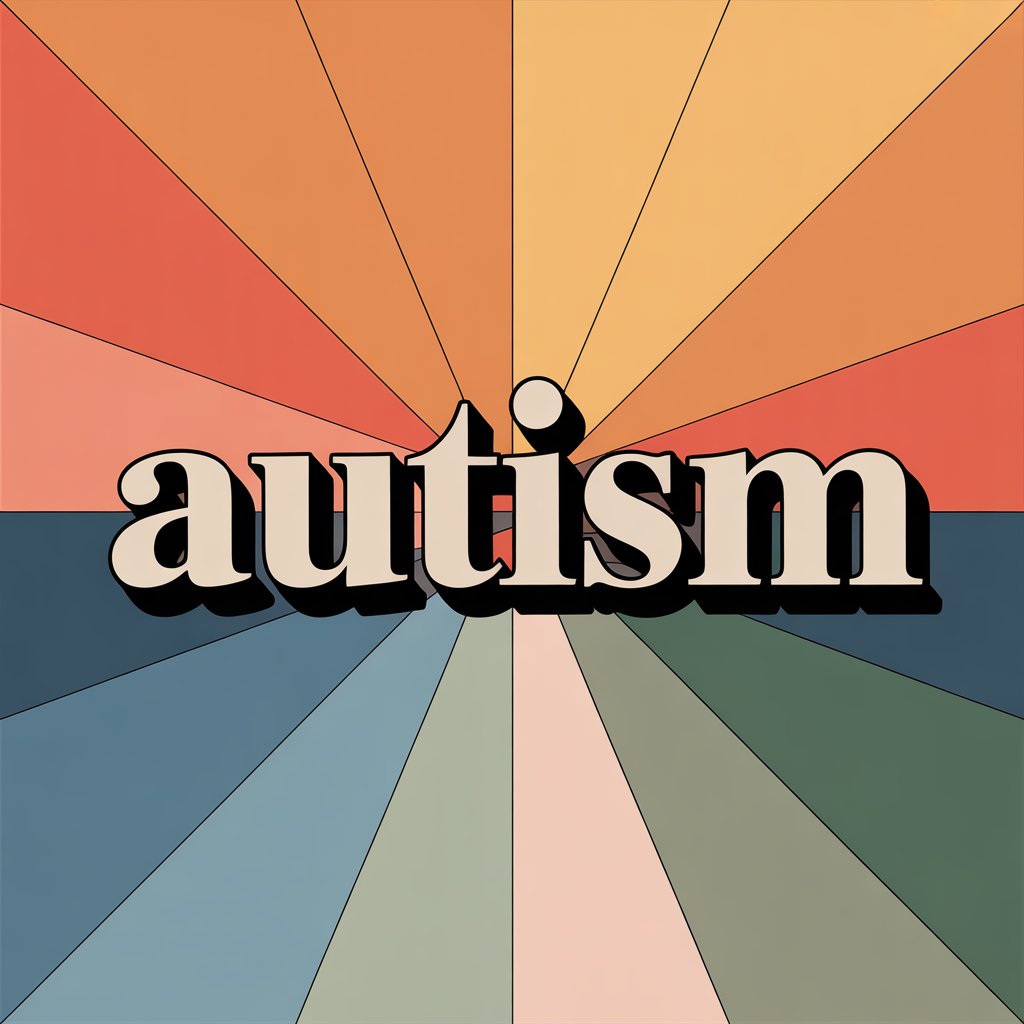What is Autism? Your First Guide to Understanding the Spectrum
What is Autism?
Let’s start by understanding the meaning of the word “autism.” Paul Bleuler came up with the word “Autismus” in 1912, using autos (meaning “self”) and ismos (meaning “action” or “state”).
When understanding autism, we have found two views: one from clinicians and health professionals, and the views from the autistic community.
Clinical view of autism
Autism is complicated to define and understand. But in simple terms, it is defined as a condition that appears from birth or can show symptoms during childhood. Autism affects how a person perceives and interacts with the world around them.
It influences a person’s:
- Social Communication: Autistic people communicate and interact differently.
- Patterns and Routines: Many people with autism prefer consistent routines. They may also have specific interests they focus on.
- Sensory Experiences: People with autism can have too much or too little sensitivity to:
- sounds
- lights
- textures
- touch
- smells
- crowded places
Support levels
For an autism diagnosis, health professionals describe different levels of support. Autism is described as a spectrum, which means that each person will have different requirements.
There is a classification that focuses on the level of support needed:
- Level 1: “Requires support”
- Level 2: “Requires substantial support”
- Level 3: “Requires very substantial support”
These levels of support are used for the purpose of diagnosis. It is important to recognise that the levels of support change depending on the environment. For example, a person might need more support at school but will be more independent at home.
Autism from lived experience
The autistic community has shared their lived experiences of being autistic individuals, which has helped understand more about this way of thinking and perceiving the world.
Dr. Temple Grandin is one of these voices (see note). She has been outspoken about the way the brains of autistic people work:
- Visual thinking
- Pattern thinking
- Music and math thinking
- Verbal mind
Other perspectives offered by the autistic community include:
- Perceiving the world differently
- Needing more time to process things
- Issues with emotional regulation
Recognising strengths and creating supportive environments
Identifying autism as having a brain that works differently can help with understanding. Each person with autism has their unique combination of strengths and challenges.
For autistic people, appropriate support and understanding can help them thrive. This starts with understanding them, instead of trying to understand autism. It also continues with creating supportive environments that can help them flourish.
Notes
- We used the word “voices” to describe people sharing their lived experience, either in written or spoken form.
- We recognise the diverse ways of communication (written, spoken, signs, and with assistive technology).
References
- Positive Partnerships: All about Autism. [url] https://www.positivepartnerships.com.au/all-about-autism
- Dr. Temple Grandin. 2010. The world needs all kinds of minds. TED Talk. [url] https://www.ted.com/talks/temple_grandin_the_world_needs_all_kinds_of_minds
- https://www.thetransmitter.org/spectrum/brain-structure-changes-in-autism-explained/



